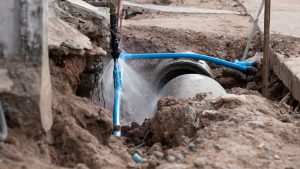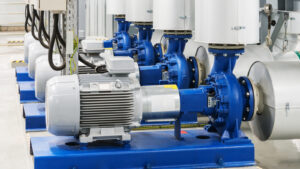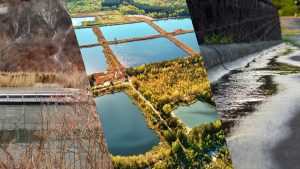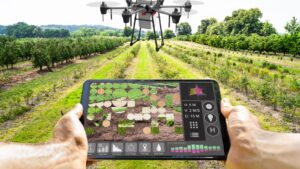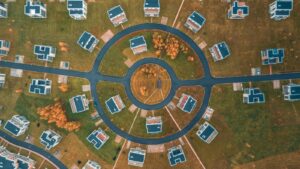Are roads falling apart faster than your patience in traffic? Extreme weather, heavy rainfall, and urban expansion put immense pressure on drainage networks, turning streets into flood zones and highways into crumbling messes. Why do you worry when ‘Sustainable Drainage Systems or SuDS’ step in as the modern solution to this chaos, keeping roads strong and reliable no matter the weather? Unlike traditional drainage, which rushes stormwater into overloaded sewers, SuDS control water flow, reduce surface runoff, and prevent erosion. As cities grow and climate patterns shift, embracing SuDS is not just an option anymore.
In this article, we explore how Sustainable Drainage Systems boost road resilience.
In this article, we explore how Sustainable Drainage Systems boost road resilience.
We will uncover
- What are Sustainable Drainage Systems?
- Benefits of Sustainable Drainage Systems in Improving Road Resilience
- It Reduces Flooding Risks
- It Enhances Water Quality
- It Minimises Surface Water Runoff
- It Prevents Road Surface Erosion
3. Employing AI Technology to Monitor a Sustainable Drainage System’s Overall Health
What are Sustainable Drainage Systems?
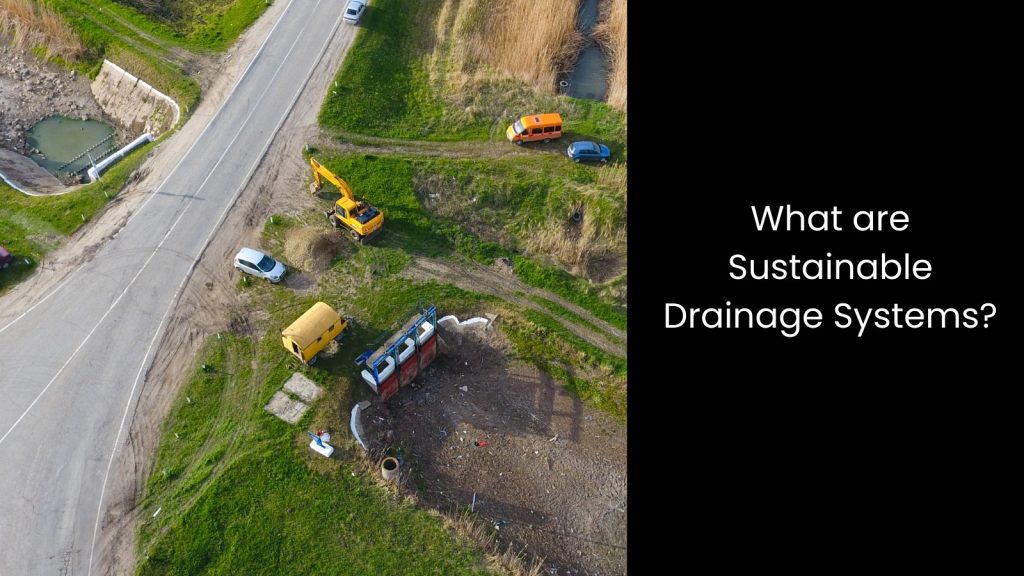
- This is a method of managing rainwater in a way that mimics natural drainage while reducing the impact on built environments.
- So, the Sustainable Drainage Systems handle stormwater by slowing its movement, absorbing excess water, and allowing it to filter into the ground or designated storage areas. Instead of quickly directing rainwater into drains, SuDS use features like permeable pavements, retention basins, bioswales, and green roofs to control the flow.
- These systems work by capturing water where it falls, letting it soak into the soil, or directing it to storage ponds that release it gradually. SuDS also use vegetation and soil layers to trap debris, break down pollutants, and improve water quality before it reaches rivers or underground reserves. This approach prevents roads and urban areas from being overwhelmed during heavy rain, reducing stress on drainage networks.
- Did you know that engineers design SuDS to fit different landscapes, combining natural and artificial solutions to ensure water moves efficiently without causing damage? Whether in city streets, parking lots, or residential areas, SuDS reshape how water interacts with infrastructure, making sure excess runoff does not turn into a problem.
- This technique brings a smarter way of dealing with stormwater, and it keeps roads functional while allowing nature to do part of the work.
Benefits of Sustainable Drainage Systems in Improving Road Resilience
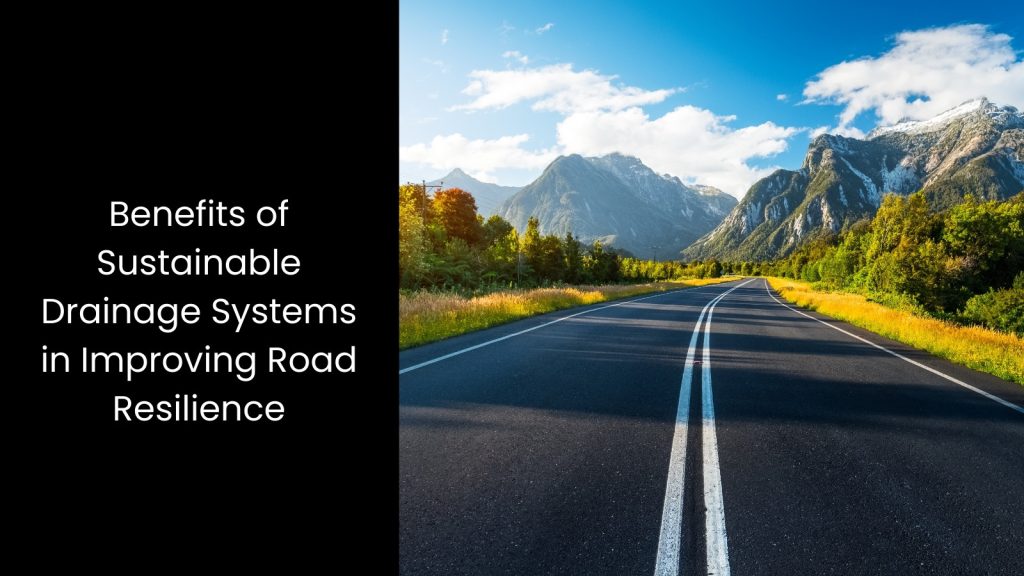
It Reduces Flooding Risks
This is where Sustainable Drainage Systems step in to stop roads from turning into rivers during heavy rain.
Traditional drainage sends stormwater straight into sewers, but that approach struggles when rain pours faster than pipes can handle. SuDS change the game by slowing down and controlling water before it overwhelms the system.
Let us explain how this occurs. Permeable pavements let rain soak into the ground instead of forming puddles. Retention basins and swales collect excess water, giving it space to spread out instead of rushing into drains all at once. Green roofs and rain gardens absorb rainfall at the source, cutting down on surface runoff before it even reaches the streets. These smart drainage methods keep water from pooling on roads, which means fewer flooded intersections and safer travel for everyone.
When rainwater has a controlled path, roads stay functional instead of turning into hazard zones. Engineers design SuDS to match the natural landscape, allowing stormwater to move the way nature intended. With less standing water, vehicles avoid hydroplaning, and infrastructure stays intact longer.
Traditional drainage sends stormwater straight into sewers, but that approach struggles when rain pours faster than pipes can handle. SuDS change the game by slowing down and controlling water before it overwhelms the system.
Let us explain how this occurs. Permeable pavements let rain soak into the ground instead of forming puddles. Retention basins and swales collect excess water, giving it space to spread out instead of rushing into drains all at once. Green roofs and rain gardens absorb rainfall at the source, cutting down on surface runoff before it even reaches the streets. These smart drainage methods keep water from pooling on roads, which means fewer flooded intersections and safer travel for everyone.
When rainwater has a controlled path, roads stay functional instead of turning into hazard zones. Engineers design SuDS to match the natural landscape, allowing stormwater to move the way nature intended. With less standing water, vehicles avoid hydroplaning, and infrastructure stays intact longer.
It Enhances Water Quality
This is where SuDS make a huge difference in keeping roads and nearby water bodies cleaner. Every time it rains, stormwater picks up oil, dirt, heavy metals, and chemicals from roads, washing them into drains and eventually into rivers or lakes.
SuDS step in to slow down and filter this runoff before it reaches natural water sources. Permeable pavements let rainwater seep through layers of gravel and soil, trapping pollutants along the way. Swales and retention basins collect runoff, allowing plants and microbes to break down harmful substances. Rain gardens and wetlands act like natural filters, pulling out contaminants and absorbing excess nutrients.
Instead of sending polluted water straight into drains, SuDS clean it up through natural processes, reducing harm to aquatic life and keeping ecosystems balanced. Roads also benefit from cleaner drainage because fewer pollutants mean less clogging in pipes and fewer maintenance issues.
When water flows through properly designed SuDS, it carries fewer toxins, which protects both urban infrastructure and the environment. Cleaner runoff leads to healthier waterways, safer drinking water supplies, and longer-lasting road surfaces.
SuDS step in to slow down and filter this runoff before it reaches natural water sources. Permeable pavements let rainwater seep through layers of gravel and soil, trapping pollutants along the way. Swales and retention basins collect runoff, allowing plants and microbes to break down harmful substances. Rain gardens and wetlands act like natural filters, pulling out contaminants and absorbing excess nutrients.
Instead of sending polluted water straight into drains, SuDS clean it up through natural processes, reducing harm to aquatic life and keeping ecosystems balanced. Roads also benefit from cleaner drainage because fewer pollutants mean less clogging in pipes and fewer maintenance issues.
When water flows through properly designed SuDS, it carries fewer toxins, which protects both urban infrastructure and the environment. Cleaner runoff leads to healthier waterways, safer drinking water supplies, and longer-lasting road surfaces.
It Minimises Surface Water Runoff
The latter steps up to control surface water before it turns into a flood risk. Roads, parking lots, and pavements create hard surfaces that stop rain from soaking into the ground, causing water to rush toward drains too quickly. When drainage systems get overloaded, streets flood, traffic slows down, and infrastructure takes a beating.
SuDS fix this issue by giving rainwater more places to go. Permeable pavements soak up water instead of letting it pool, allowing it to filter through layers of stone and soil before reaching underground reserves. Retention basins act like temporary holding areas, collecting excess water and slowly releasing it to avoid overwhelming drainage networks.
Plus, swales channel water through shallow, vegetated ditches, guiding it safely away from roads while letting plants absorb moisture. Green roofs and rain gardens also play a role, catching rainfall before it even reaches the ground. With SuDS in place, stormwater moves at a manageable pace, reducing strain on drains and lowering the chances of flash floods.
Roads stay drier, safer, and less prone to long-term damage caused by water buildup. Instead of forcing rain to race toward the nearest sewer, SuDS encourage a steady, controlled flow, preventing sudden surges that can erode surfaces or clog pipes.
This way, it simply keeps roads strong and reliable while working with nature rather than against it.
SuDS fix this issue by giving rainwater more places to go. Permeable pavements soak up water instead of letting it pool, allowing it to filter through layers of stone and soil before reaching underground reserves. Retention basins act like temporary holding areas, collecting excess water and slowly releasing it to avoid overwhelming drainage networks.
Plus, swales channel water through shallow, vegetated ditches, guiding it safely away from roads while letting plants absorb moisture. Green roofs and rain gardens also play a role, catching rainfall before it even reaches the ground. With SuDS in place, stormwater moves at a manageable pace, reducing strain on drains and lowering the chances of flash floods.
Roads stay drier, safer, and less prone to long-term damage caused by water buildup. Instead of forcing rain to race toward the nearest sewer, SuDS encourage a steady, controlled flow, preventing sudden surges that can erode surfaces or clog pipes.
This way, it simply keeps roads strong and reliable while working with nature rather than against it.
It Prevents Road Surface Erosion
This stops roads from crumbling under the force of uncontrolled water.
Rainfall, if left unchecked, rushes over road surfaces, washing away soil, weakening foundations, and creating cracks that grow into major structural problems. SuDS bring a smarter way of managing water, keeping erosion in check before it turns roads into hazard zones.
Permeable pavements let rain soak into the ground instead of forcing it to flow over the surface, reducing the constant pressure that wears down asphalt and concrete. Retention basins act as storage zones, holding excess water and releasing it gradually so that soil around road edges stays intact instead of being washed away.
Likewise, swales guide runoff through shallow channels, slowing it down and allowing vegetation to catch sediment that would otherwise erode road foundations. On the other hand, green roofs and rain gardens absorb water at the source, preventing heavy downpours from hitting roads with full force.
When stormwater flows in a controlled manner, roads last longer, maintenance costs drop, and potholes do not form as quickly. SuDS create a balance where rainwater does not damage infrastructure but instead follows a managed path that protects road surfaces.
Instead of allowing water to tear through foundations and cause long-term wear, SuDS keep things steady, ensuring that roads remain strong, safe, and reliable no matter how much it rains.
Rainfall, if left unchecked, rushes over road surfaces, washing away soil, weakening foundations, and creating cracks that grow into major structural problems. SuDS bring a smarter way of managing water, keeping erosion in check before it turns roads into hazard zones.
Permeable pavements let rain soak into the ground instead of forcing it to flow over the surface, reducing the constant pressure that wears down asphalt and concrete. Retention basins act as storage zones, holding excess water and releasing it gradually so that soil around road edges stays intact instead of being washed away.
Likewise, swales guide runoff through shallow channels, slowing it down and allowing vegetation to catch sediment that would otherwise erode road foundations. On the other hand, green roofs and rain gardens absorb water at the source, preventing heavy downpours from hitting roads with full force.
When stormwater flows in a controlled manner, roads last longer, maintenance costs drop, and potholes do not form as quickly. SuDS create a balance where rainwater does not damage infrastructure but instead follows a managed path that protects road surfaces.
Instead of allowing water to tear through foundations and cause long-term wear, SuDS keep things steady, ensuring that roads remain strong, safe, and reliable no matter how much it rains.
Employing AI Technology to Monitor a Sustainable Drainage System's Overall Health
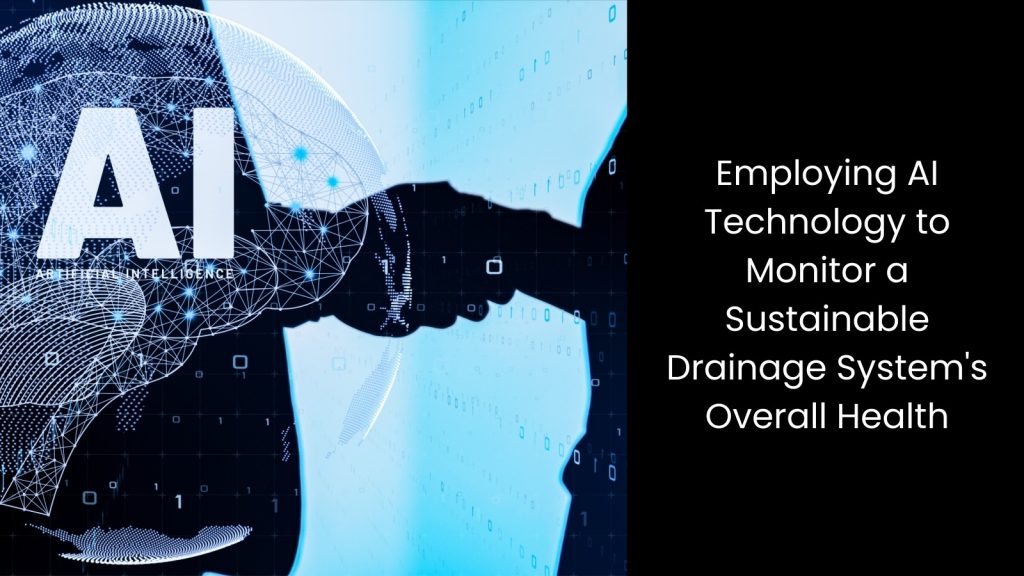
Sustainable Drainage Systems work best when continuously monitored, and AI-powered software solutions make this possible with real-time data and predictive analysis. Instead of relying on reactive maintenance, AI enhances efficiency by preventing blockages and optimising water absorption. This fusion of technology purchased from a reputed supplier and sustainability keeps roads intact and communities protected. Embracing AI in drainage management ensures long-term resilience in an era of climate challenges.

